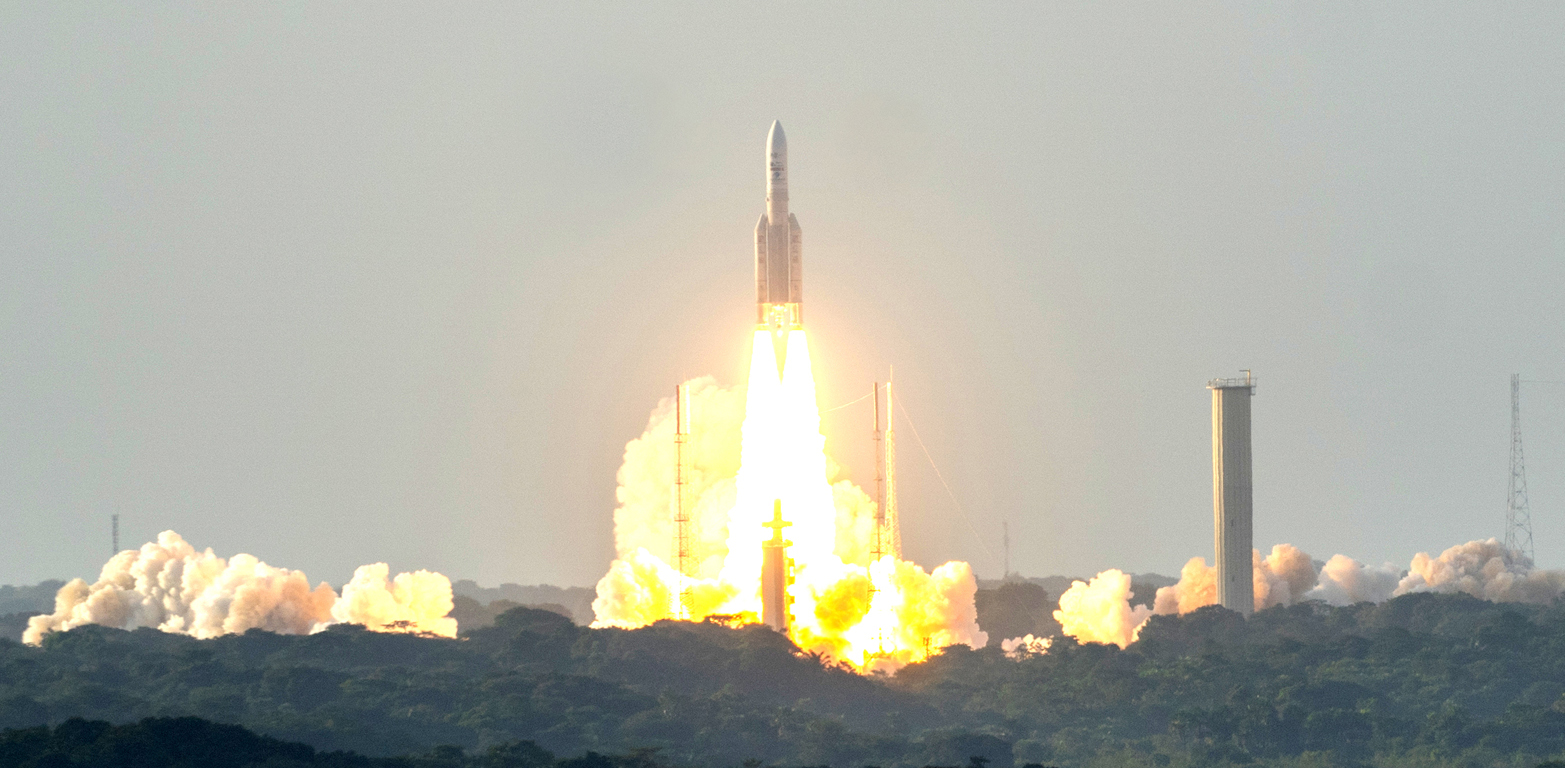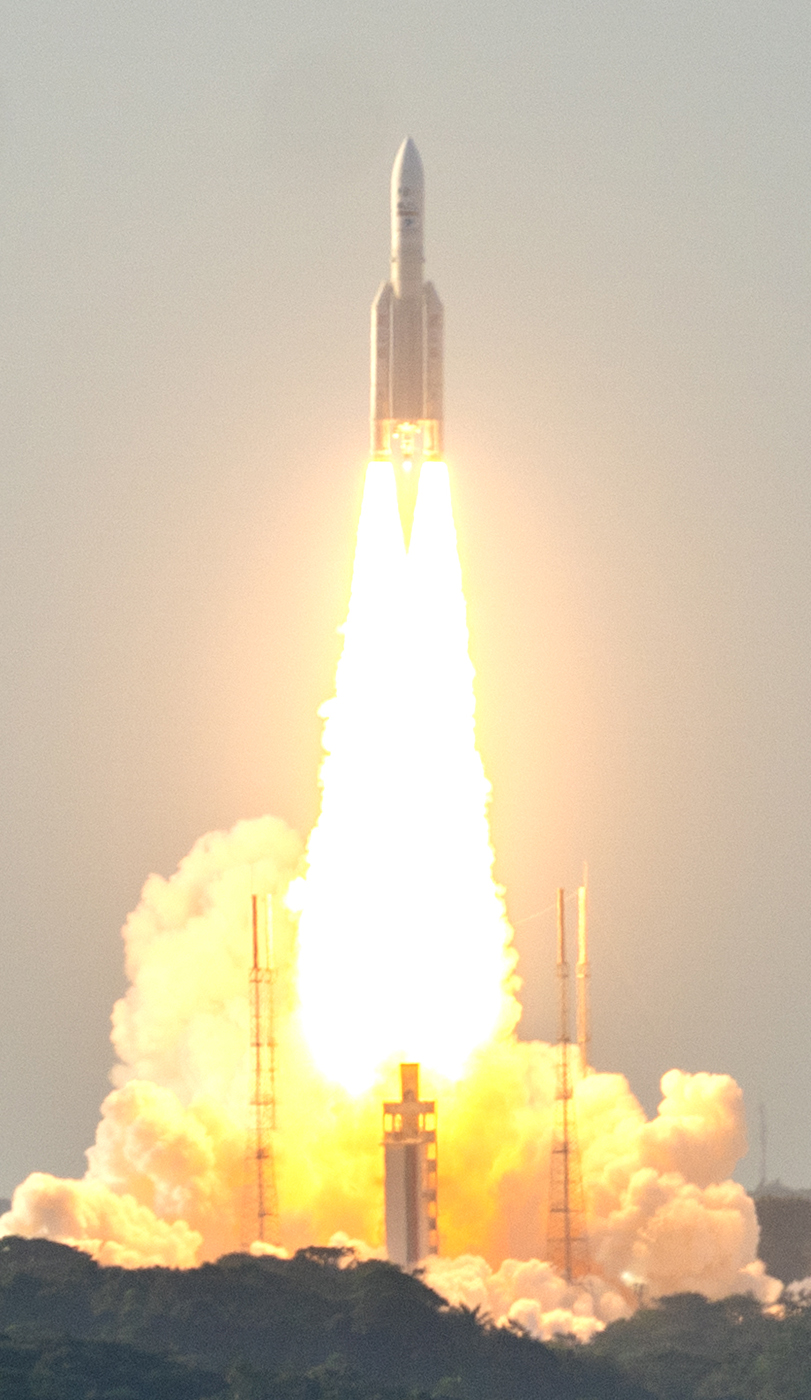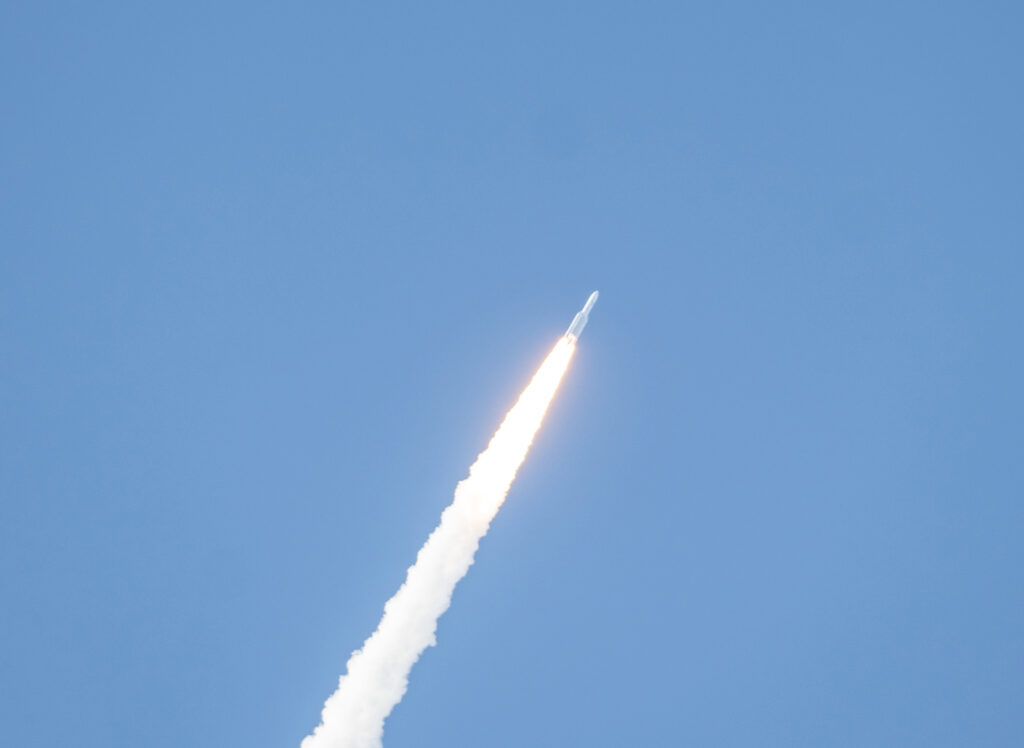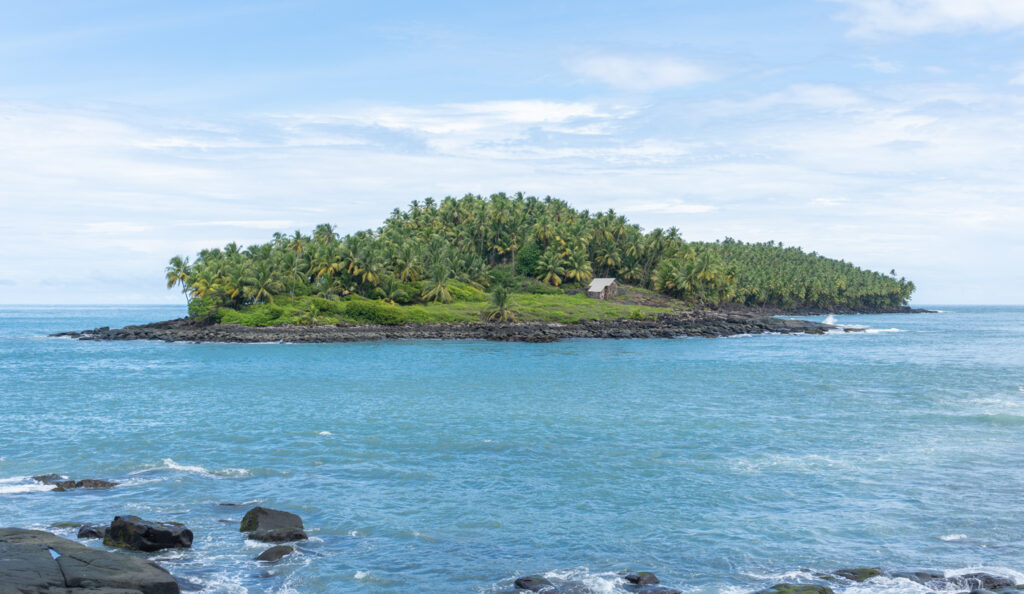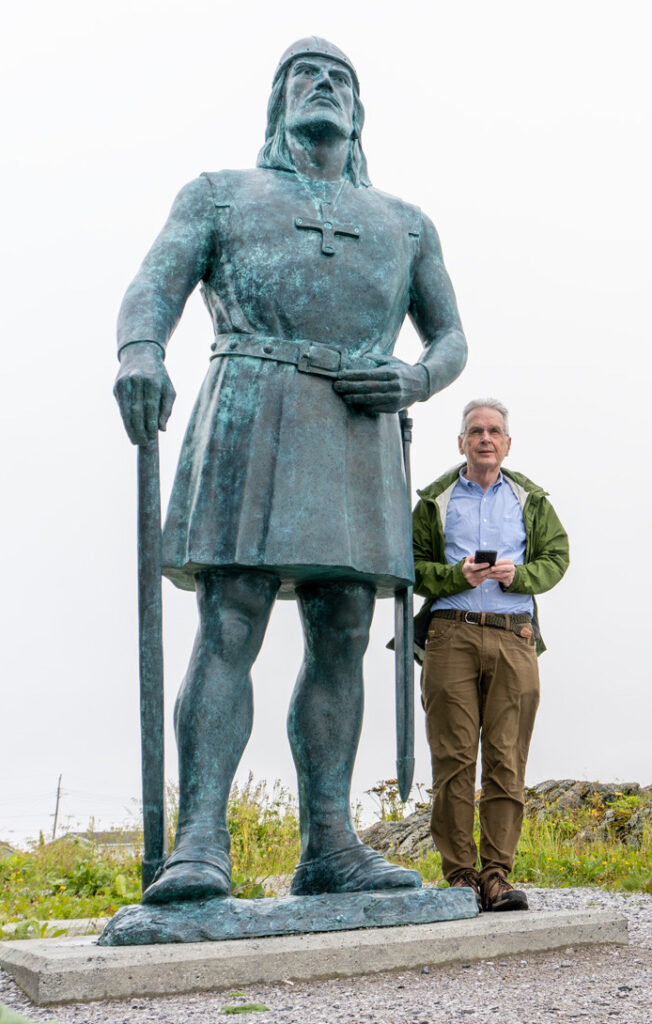
I’m in Labuan Bajo, Indonesia. I successfully took a speedboat tour over to Komodo Island, to see the famous Komodo Dragons.
I got there early, ahead of the main tourist rush, and met up with a Park Ranger guide. Fairly near the harbor we encountered our first dragon. This one was clearly well habituated to humans and looked like he was the “dragon on duty”. But he was a real live Komodo Dragon and a very big one, with a massive neck and a flickering tongue.
 My guide kindly took a photo of me behind the dragon. The photo makes it look as though I was quite close, but actually I was a relatively safe 8-12 feet away.
My guide kindly took a photo of me behind the dragon. The photo makes it look as though I was quite close, but actually I was a relatively safe 8-12 feet away.
As we were getting ready to leave this one, the ranger spotted another large dragon nearby. This one was very clearly a wild unhabituated dragon and he ran away very quickly when he saw the nasty evil humans heading towards him. We tried to follow but lost him.
We strolled through the woods, seeing occasional wild boar or deer. The dragons typically dine on deer. The ranger told me that sometimes the dragons build their own nests for their eggs, but often they will coopt a nest built by megapodes (a local bird species), which build very large nest mounds over many years.
We visited a viewing platform where in the past they had fed the dragons and tourists had been able to see lots of visiting dragons. But that has been discontinued.
As we returned towards the harbor we saw another large dragon. This one was sitting in the shade, as it was starting to get too hot for them. This one was also well habituated to humans and let me get some good shots.
So three dragons in total. Hurrah! But we actually saw no dragons in the main section of the hike, perhaps partly because the wild unhabituated dragons try to avoid people.

